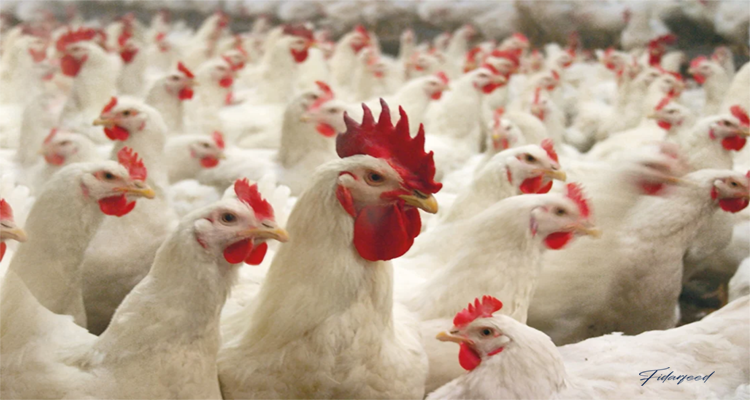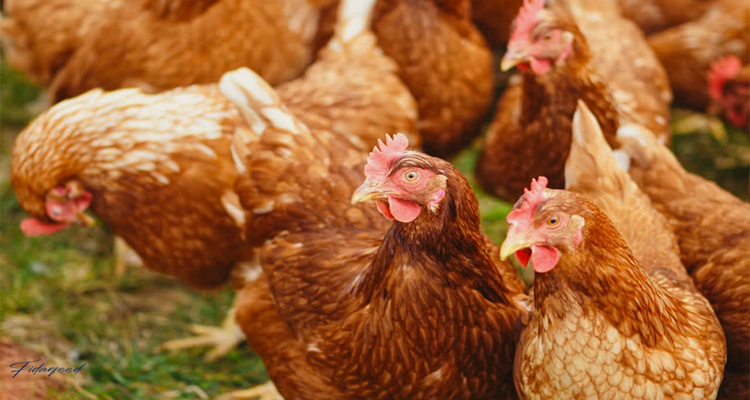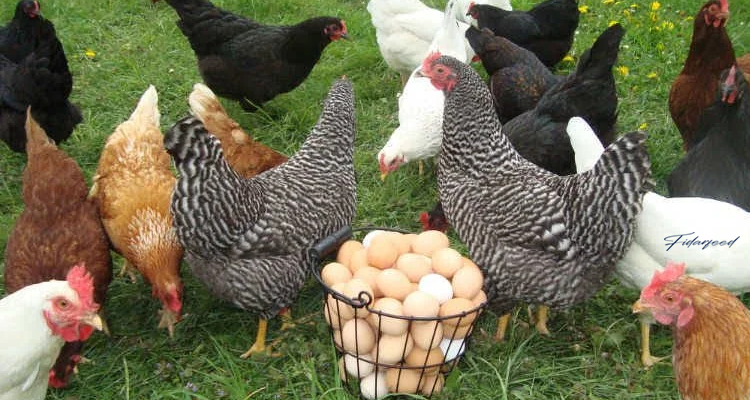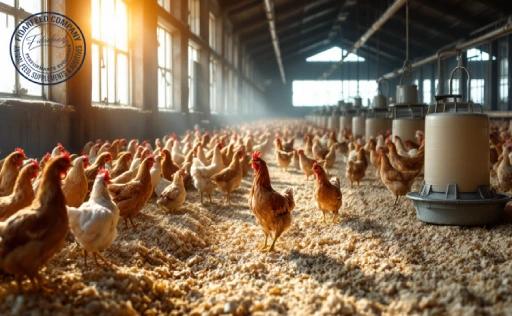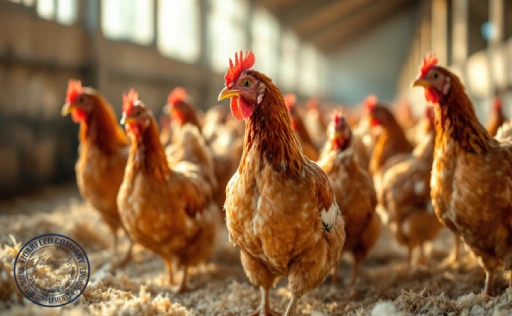Whether you’re just starting out or have years of experience in the poultry business, choosing the right layer breeder chicken breed can make all the difference in your operation’s success. This Ultimate Guide to Layer Breeder Chicken Breeds: Characteristics, Benefits, and How to Choose is designed specifically for poultry farmers, animal nutrition experts, and industry professionals who want practical advice backed by solid experience and science. From understanding the role of breeder hens to selecting breeds that thrive in your environment, we’ll walk you through everything you need to make informed, confident decisions. Keep reading to uncover tips that could significantly boost your productivity and profitability.
What Are Layer Breeder Chickens and Why Do They Matter?
Layer breeder chickens are the parent stock responsible for producing chicks that will eventually become commercial egg-laying hens. These breeder birds are not raised solely for their eggs, but for their genetic potential to pass on desirable traits—like high laying capacity, disease resistance, and adaptability—to the next generation.
Learn more about: Probiotic Supplement for Poultry
Why does this matter? Because your entire egg production cycle hinges on the quality of these breeders. Poor genetics can lead to weak chicks, inconsistent egg-laying, and higher mortality rates—all of which eat into your margins. Selecting the right breeder stock is the first and perhaps most critical step in achieving a productive, resilient flock.
Key Characteristics of High-Performing Layer Breeder Breeds
Successful layer breeder breeds share a combination of physical and behavioral qualities that directly influence egg production and farm profitability. Here’s what to look for:
-
Egg-Laying Capacity: A strong breed will produce offspring that lay frequently and consistently over their laying cycle.
-
Feed Efficiency: Efficient birds convert less feed into more output, reducing your operational costs.
-
Longevity: Breeds with longer productive lives allow you to spread the cost of raising them over more eggs.
Learn more about: Which Broiler Breed is the Best? A Comprehensive Guide for Farmers
-
Temperament: Calm, manageable birds are easier to handle and less likely to injure themselves or others.
-
Adaptability: Birds that can adjust to local climates, housing systems, and management styles are essential, especially in regions with temperature fluctuations or limited infrastructure.
Scientific studies consistently show that breeding programs focused on these traits lead to improved overall performance in commercial egg production systems.
Top Layer Breeder Chicken Breeds You Should Know
While brand names are often tied to specific countries or companies, many well-regarded strains have been refined over decades and are used globally under generic or local names. Below are several proven breeds recognized for their high output and reliability:
-
Brown Egg Layers:
-
Known for robust production and calm behavior. These birds often excel in both cage and free-range systems.
-
Pros: High egg mass, hardy, excellent feed conversion.
-
Cons: Slightly heavier, requiring more feed than white egg layers.
-
Learn more about: The Ultimate Poultry Breeder Management Guide: Boost Your Flock’s Productivity
-
White Egg Layers:
-
Typically more active and lighter in weight.
-
Pros: Outstanding feed efficiency, high peak production, cleaner eggs.
-
Cons: May require more careful management in open systems due to their nervous temperament.
-
Each of these categories includes several varieties fine-tuned for different climates and production systems. What’s crucial is selecting a strain that aligns with your specific goals and farm setup.
Benefits of Raising Layer Breeder Chickens for Egg Production
Investing in high-quality breeder stock isn’t just about good genetics—it’s about unlocking long-term benefits that ripple through your entire operation:
-
Stable Egg Supply: Healthy breeders produce healthier, more productive layers, ensuring a consistent egg yield.
-
Better Disease Resistance: Good breeders pass on natural immunity, reducing your need for constant medical intervention.
Learn more about: Complete Guide to the Management of Breeding Stock and Broilers
-
Improved Profitability: While the upfront cost might be higher, the return on investment from superior performance and lower mortality is worth it.
-
Scalability: Once you’ve identified the right breeder line, it’s easier to replicate your success on a larger scale.
Think of breeder chickens as the foundation of your poultry business. Skimping here can jeopardize everything built on top of it.
How to Choose the Right Layer Breeder Chicken Breed for Your Farm
Every farm is unique, and there’s no one-size-fits-all answer. Here’s how to make the right choice:
-
Assess Your Production Goals: Are you focused on egg volume, egg size, or specialty markets (like organic or free-range)?
-
Evaluate Climate Conditions: Some breeds tolerate heat or cold better than others. Always match the breed to your local weather.
-
Infrastructure and Housing: Birds that do well in controlled environments may not thrive in open housing systems.
Learn more about: How to Breed Broilers at Home: A Step-by-Step Beginner’s Guide
-
Experience Level: Some breeds are more forgiving and easier to manage, making them ideal for beginners.
-
Economic Considerations: Factor in feed costs, local availability of chicks, and veterinary support.
Practical example: In hot, dry regions, selecting a heat-tolerant breed with lower feed demands could reduce mortality and feed costs by 10–15%, according to field research published in regional poultry science journals.
Breeder-Specific Considerations: Feed, Housing, and Health Management
Feeding and caring for layer breeders is different from managing commercial layers. These birds require tailored nutrition and more intensive health monitoring. Key areas to focus on include:
-
Nutrition: Provide a balanced breeder-specific ration rich in protein, calcium, and trace minerals to support reproductive health and egg fertility.
-
Housing: Avoid overcrowding. Good ventilation, proper lighting schedules, and clean nesting areas are essential.
-
Health: Regular vaccination schedules and parasite control help maintain breeder vitality. Observe birds daily for signs of stress or illness.
Learn more about: Mastering the Basics: A Comprehensive Broiler Breeder Management Guide
Also, breeder hens should never be underfed or overfed—both extremes can impact fertility and chick quality. Work closely with a poultry nutritionist to optimize feed formulas if you’re mixing on-farm.
Common Mistakes to Avoid When Selecting Layer Breeder Breeds
Even seasoned farmers can fall into these traps:
-
Choosing Based on Egg Count Alone: High numbers don’t matter if the birds require expensive care or don’t adapt well to your environment.
-
Ignoring Local Climate Needs: Some breeds thrive in temperate climates but struggle in humidity or extreme heat.
Learn more about: Ross 308 vs. Cobb 500: Which Broiler Breed is Right for You?
-
Skipping Health Checks: Always source breeder stock from reputable, disease-free lines. Skipping this step can introduce long-term problems.
-
Neglecting Long-Term Planning: Don’t base decisions only on short-term price. Consider how the breed fits into your future expansion plans.
Learning from others’ mistakes can save you thousands in lost productivity and unnecessary treatment costs.
Final Thoughts: Making a Smart, Sustainable Choice
Selecting the right layer breeder chicken breed is not a decision to take lightly. From productivity and resilience to cost-efficiency and manageability, the impact is far-reaching. Remember, the best choice is not the most popular breed or the cheapest chick—it’s the one that aligns with your farm’s needs, goals, and environment.
By investing time in understanding breeder traits, adapting your management practices, and planning for the long-term, you’re setting your poultry business up for lasting success.
If you found this guide helpful, we’d love to hear from you. Feel free to share your thoughts, ask questions, or leave a comment below. Your feedback helps us create better, more relevant content for professionals like you.

